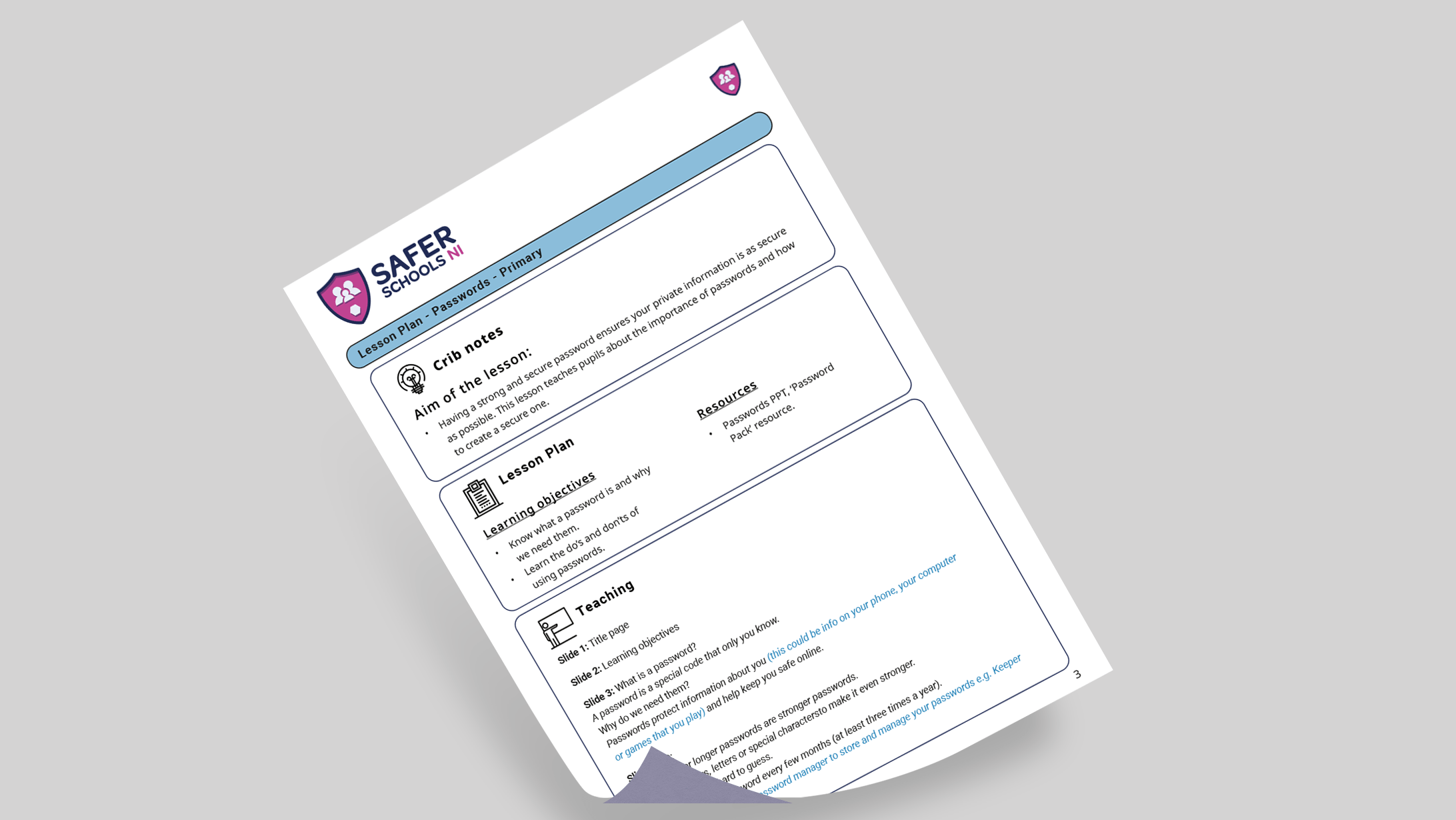Last Updated on 18th October 2023
What’s the first thing that comes to mind when you think of cyber security risks? Computer viruses? Password hacks? Vulnerabilities in tech and websites?
Stories like the recent attack on UK schools by cybercrime group Vice Society remind us that the biggest threat to your cyber security is actually people…including you and those around you.
We’re not implying you might be surrounded by cybercriminals and not even know it but, as the saying goes, ‘to err is human’. When it comes to being cyber secure, it’s errors that can leave us vulnerable.
Although blame ultimately lies in the hands of those carrying out criminal activities, such as hacking and information theft, we can take steps to become active participants in mitigating the threat they pose. Watch our video below to find out how you can become more cyber resilient, and continue reading for relevant guidance and advice!
Cyber Security Attacks
Cyber Security Attacks
Access
From physical access to the building to who can get their hands on school devices, unwittingly giving people access is a major threat for cyber security. Some of the top risks are:
A school can be a busy place, with outsiders coming in for a variety of reasons. It’s important to make sure everyone who is invited onto school grounds has: permission to be there, undergone relevant legal checks, and has restricted and monitored access to areas of the school (e.g. parents evening).
This is everybody’s responsibility. If someone comes into your classroom, ask yourself if they should be there, and check there are no devices left lying around that they could access.
Pupils
Children and young people are using tech at an earlier and earlier age. Their lives are spread between the online and offline world, with many having devices in their hands from a very young age. This means their tech knowledge can be pretty well developed by the time they reach school. This, plus access to endless amounts of information on the internet, can result in some young people having impressive technological skills!
Not all, however, will choose to use these skills for good. Whether it’s out of well-intentioned humour or negative reasons (like being upset at a teacher, feeling isolated, or part of peer pressure), there have been incidents of pupils hacking servers, changing passwords, and otherwise targeting schools via cyber breaches.
Lack of Training and Awareness
Keeping up to date on cyber security can present a challenge for educational establishments. On top of everything else that is ‘vital’ and ‘urgent’ that schools have to prioritise, knowing where to get reliable information and finding time for regular training can be difficult. However, it’s the gaps in knowledge that create a threat to cyber security – criminals rely on the vulnerabilities of their victims.
It’s important to remember that this isn’t just a security issue – it’s also a safeguarding one. Not only do cybercrimes leave your school open to becoming financial victims, but the risk of data leaks (and losing access to network-connected IT services) could result in considerable disruption and ongoing consequences, including compromising the personal information of your pupils. Having up-to-date cyber security helps to safeguard not only your school but also the safety of the children and young people in your care.
Cyber Security Threats in the Home
Even in the home, it can be all too easy to accidentally leave access to others without even realising it. It may be someone coming to your house to complete maintenance work or collect an item you’ve sold online. It could even be someone you’ve met plenty of times before, like a friend of a friend coming round for a post-school run cup of coffee, or even your own child or their friend(s).
When it comes to leaving yourself open to the potential consequences of cyber security breaches, we can never be too careful. Have a look around the room you’re in right now – how much potentially sensitive information could someone gain if they were alone in that room? For example, is there:

Children, Young People, and Their Data
You don’t have to go too long without hearing on the news about a platform getting hacked or getting in trouble for misuse of data. However, for many children and young people, threats to their cyber security probably aren’t top of their agenda when thinking about participating in the online world!
Even when taking part in seemingly innocent quizzes on platforms like Facebook, the child or young person isn’t likely to spend too much time reading the terms and conditions.
Join our Safeguarding Hub Newsletter Network
Members of our network receive weekly updates on the trends, risks and threats to children and young people online.











